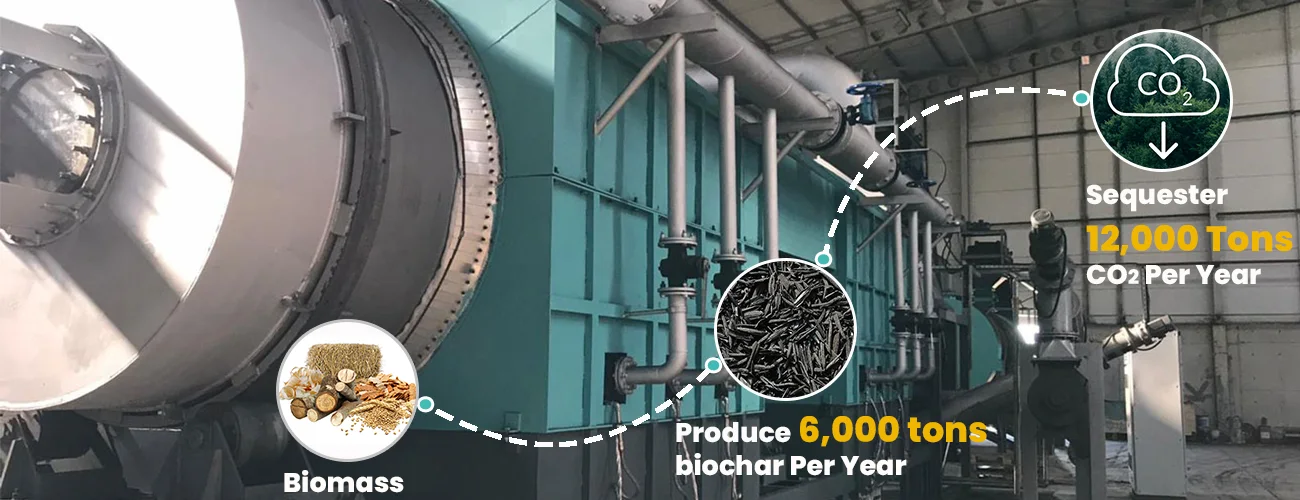The automatic egg tray making machine represents a significant leap forward in packaging technology, offering efficiency, consistency, and flexibility in producing eco-friendly packaging solutions. Designed to automate the process of converting waste paper into molded pulp egg trays, these machines have become essential in industries where sustainable packaging is in demand. Below are some of the key features that define modern automatic egg tray making machines.
Advanced Pulping System
The heart of the automatic egg tray making machine lies in its pulping system, which is designed to efficiently convert raw materials like recycled paper, cardboard, and other organic fibers into pulp. Modern machines are equipped with high-performance pulpers that can process a variety of raw materials, ensuring optimal pulp quality. The pulping system includes a series of high-speed agitators and water circulation systems, which help break down the fibers into a uniform slurry, ready for molding.
A well-designed pulping system ensures consistent material preparation, reducing downtime and increasing throughput. Moreover, modern machines incorporate energy-efficient motors and automatic water control systems to minimize resource consumption while maintaining high output.
Precision Molding and Shaping
The precision molding technology in an egg tray moulding machine is crucial for producing uniform, high-quality trays. Automated molding stations are equipped with accurate molds that shape the pulp into egg trays with exact dimensions. These molds are often customizable, allowing manufacturers to produce trays in various sizes and configurations to accommodate different egg types or packaging needs.
The automated nature of the molding process ensures that trays are consistently formed, reducing the risk of defects or inconsistencies. Furthermore, modern machines feature high-speed molding capabilities, enabling the production of large quantities in a short time without compromising quality.
Drying System Efficiency
After molding, the pulp must be dried to achieve the required strength and durability. The drying system in a modern automatic egg tray making machine is optimized for energy efficiency. Advanced drying tunnels, powered by either natural gas or electric heating systems, ensure rapid and uniform drying of the egg trays.
Some machines incorporate heat recovery systems that capture and reuse waste heat from the drying process, further reducing energy consumption. The drying time and temperature are carefully controlled, ensuring that the trays retain the necessary rigidity without being over-dried, which could compromise their quality.
Automation and Control Systems
Automation plays a key role in modern egg tray production. Automatic egg tray making machines are equipped with sophisticated control systems that manage the entire production process, from pulp preparation to molding and drying. These systems allow operators to monitor and adjust critical parameters, such as pulp consistency, mold pressure, and drying temperature, in real-time.
With programmable logic controllers (PLCs) and touch-screen interfaces, operators can easily set up and modify production parameters, ensuring the system operates optimally. Automation reduces human error, increases production efficiency, and ensures consistent output, making it ideal for high-volume production.
Energy Efficiency and Sustainability
In today's environmentally-conscious manufacturing environment, energy efficiency is a critical consideration. Modern automatic egg tray making machines are designed with energy-saving features such as low-power motors, variable-speed drives, and efficient drying technologies. These machines are engineered to minimize electricity consumption without sacrificing performance.
Additionally, the use of recycled paper as raw material further enhances the sustainability of the process. The combination of energy-efficient operation and the utilization of waste paper makes automatic egg tray making machines a green solution that supports the growing demand for sustainable packaging.
Customizability and Versatility
One of the standout features of an automatic egg tray making machine is its ability to be customized according to specific production requirements. Manufacturers can choose different mold designs, adjust the size of the trays, and even switch between different raw materials based on availability and product needs.
This versatility is particularly beneficial for businesses that need to produce a wide range of packaging products. For instance, the same machine can be used to create egg trays, fruit trays, or drink carriers, providing businesses with the flexibility to diversify their product offerings.
Maintenance and Durability
Reliability and ease of maintenance are crucial for the long-term performance of an automatic egg tray making machine. Modern machines are built with durable materials that can withstand the rigors of continuous operation. Additionally, they are designed for easy access to key components, allowing for quick maintenance and minimizing downtime.
Automated diagnostic tools help identify potential issues before they become critical, ensuring that maintenance can be performed proactively. The robust construction and ease of upkeep contribute to the overall longevity of the machine, providing businesses with a reliable solution for sustained production.
Conclusion
The modern automatic egg tray making machine integrates a combination of cutting-edge technologies to deliver high efficiency, sustainability, and flexibility. With features such as advanced pulping systems, precision molding, energy-efficient drying, and comprehensive automation, these machines have become essential for meeting the growing demand for eco-friendly packaging solutions. By optimizing production processes and reducing waste, the automatic egg tray making machine is not only revolutionizing the packaging industry but also contributing to a more sustainable future.




